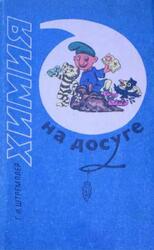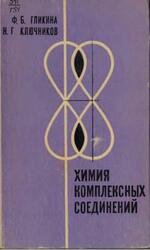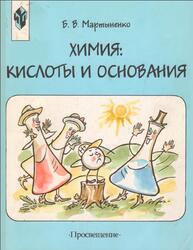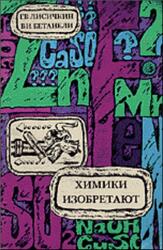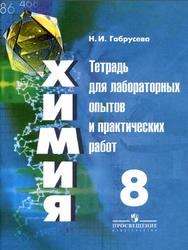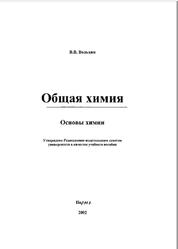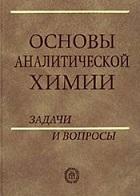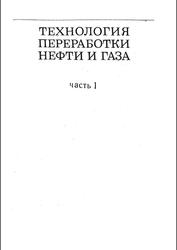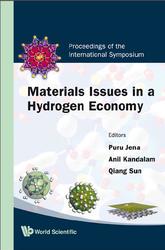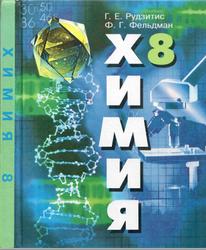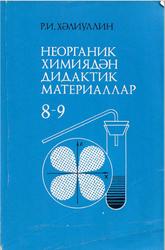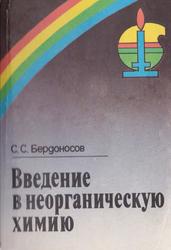Organic Chemistry, Clayden J., Greeves N., Warren S., 2012.
The book starts with a series of chapters on the structures and reactions of simple molecules. You will meet the way structures are determined and the theory that explains those structures. It is vital that you realize that theory is used to explain what is known by experiment and only then to predict what is unknown. You will meet mechanisms—the dynamic language used by chemists to talk about reactions—and of course some reactions.

Organic chemistry and you.
You are already a highly skilled organic chemist. As you read these words, your eyes are using an organic compound (retinal) to convert visible light into nerve impulses. When you picked up this book, your muscles were doing chemical reactions on sugars to give you the energy you needed. As you understand, gaps between your brain cells are being bridged by simple organic molecules (neurotransmitter amines) so that nerve impulses can be passed around your brain. And you did all that without consciously thinking about it. You do not yet understand these processes in your mind as well as you can carry them out in your brain and body. You are not alone there. No organic chemist, however brilliant, understands the detailed chemical working of the human mind or body very well.
We, the authors, include ourselves in this generalization, but we are going to show you in this book what enormous strides have been taken in the understanding of organic chemistry since the science came into being in the early years of the nineteenth century. Organic chemistry began as a tentative attempt to understand the chemistry of life. It has grown into the confident basis of worldwide activities that feed, clothe, and cure millions of people without their even being aware of the role of chemistry in their lives. Chemists cooperate with physicists and mathematicians to understand how molecules behave and with biologists to understand how interactions between molecules underlie all of life. The enlightenment brought by chemistry in the twentieth century amounted to a revolution in our understanding of the molecular world, but in these first decades of the twenty-first century the revolution is still far from complete. We aim not to give you the measurements of the skeleton of a dead science but to equip you to understand the conflicting demands of an adolescent one.
Contents.
Abbreviations.
Preface to the second edition .
Organic chemistry and this book.
1 What is organic chemistry?.
2 Organic structures.
3 Determining organic structures.
4 Structure of molecules.
5 Organic reactions.
6 Nucleophilic addition to the carbonyl group.
7 Delocalization and conjugation.
8 Acidity, basicity, and pKa.
9 Using organometallic reagents to make C–C bonds.
10 Nucleophilic substitution at the carbonyl group.
11 Nucleophilic substitution at C=O with loss of carbonyl oxygen.
12 Equilibria, rates, and mechanisms.
13 1H NMR: Proton nuclear magnetic resonance.
14 Stereochemistry.
15 Nucleophilic substitution at saturated carbon.
16 Conformational analysis.
17 Elimination reactions.
18 Review of spectroscopic methods.
19 Electrophilic addition to alkenes.
20 Formation and reactions of enols and enolates.
21 Electrophilic aromatic substitution.
22 Conjugate addition and nucleophilic aromatic substitution.
23 Chemoselectivity and protecting groups.
24 Regioselectivity.
25 Alkylation of enolates.
26 Reactions of enolates with carbonyl compounds: the aldol and Claisen reactions.
27 Sulfur, silicon, and phosphorus in organic chemistry.
28 Retrosynthetic analysis.
29 Aromatic heterocycles 1: reactions.
30 Aromatic heterocycles 2: synthesis.
31 Saturated heterocycles and stereoelectronics.
32 Stereoselectivity in cyclic molecules.
33 Diastereoselectivity.
34 Pericyclic reactions 1: cycloadditions.
35 Pericyclic reactions 2: sigmatropic and electrocyclic reactions.
36 Participation, rearrangement, and fragmentation.
37 Radical reactions.
38 Synthesis and reactions of carbenes.
39 Determining reaction mechanisms.
40 Organometallic chemistry.
41 Asymmetric synthesis.
42 Organic chemistry of life.
43 Organic chemistry today.
Figure acknowledgements.
Periodic table of the elements.
Index.
Бесплатно скачать электронную книгу в удобном формате, смотреть и читать:
Скачать книгу Organic Chemistry, Clayden J., Greeves N., Warren S., 2012 - fileskachat.com, быстрое и бесплатное скачивание.
Скачать pdf
Ниже можно купить эту книгу, если она есть в продаже, и похожие книги по лучшей цене со скидкой с доставкой по всей России.Купить книги
Скачать - pdf - Яндекс.Диск.
Дата публикации:
Теги: учебник по химии :: химия :: Clayden :: Greeves :: Warren
Смотрите также учебники, книги и учебные материалы:
Следующие учебники и книги:
Предыдущие статьи:

